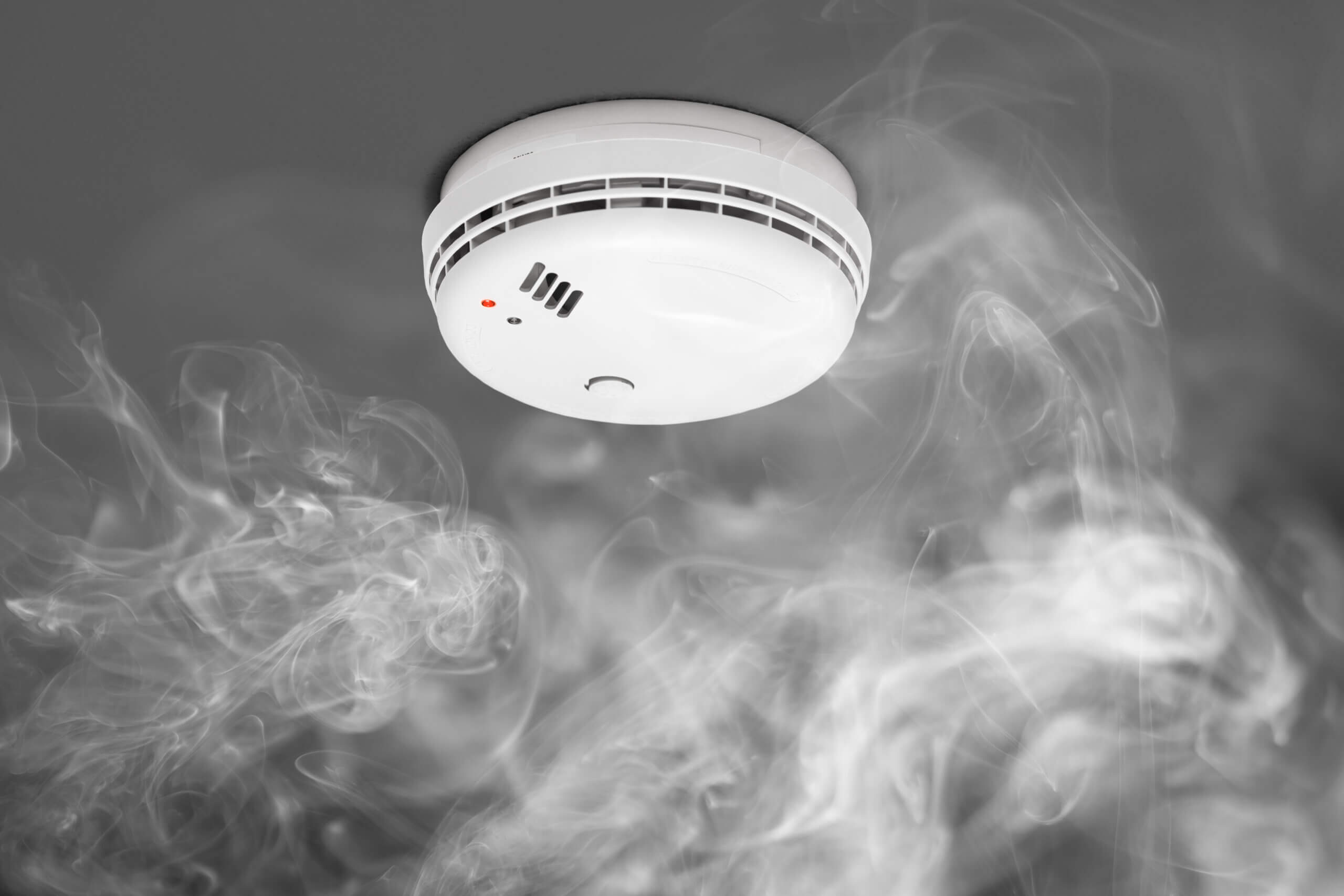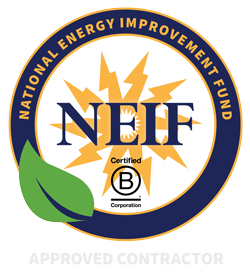Carbon Monoxide: Why You Should Have Your Furnace Inspected
- Heating

While furnaces can be a convenient and efficient way to heat your home, they can also be hazardous if not properly maintained or used. One of the main hazards associated with furnaces is the risk of carbon monoxide (CO) poisoning. Carbon monoxide is a colorless, odorless gas that can be produced when fuels such as natural gas, propane, or oil are burned. If a furnace is not properly vented or maintained, carbon monoxide can build up in your home and cause serious health problems – even death. The risk of CO poisoning is the number one reason why you should have your furnace regularly inspected and maintained by North Shore Home Energy.
Carbon Monoxide Poisoning Symptoms
Carbon monoxide poisoning can be difficult to detect because the symptoms are often similar to other common illnesses, such as the flu. Some common symptoms of CO poisoning include headache, dizziness, weakness, nausea, vomiting, chest pain, and confusion. More serious symptoms may include shortness of breath, blurred vision, and loss of consciousness. If you think you or members of your household may have been exposed to CO, it is important to get fresh air and seek medical attention immediately.
DIY Furnace Maintenance Tips
While it is important to have your furnace regularly inspected and maintained by qualified technicians here at North Shore Home Energy, there are some things you can do to inspect your furnace yourself. Here are a few steps you can take to inspect your furnace:
- Check for any visible signs of damage, such as rust, cracks, or holes in the furnace or its venting system.
- Ensure the furnace and its venting system are properly installed and securely attached to the building structure.
- Check the furnace’s flame sensor, which is a small metal rod that helps control the flame. If the sensor is dirty or damaged, it may cause the furnace to shut off or not operate properly.
- Additionally, you should install a carbon monoxide detector in your home to alert you to its presence.
It is important to note that inspecting your furnace yourself can be dangerous if you are not familiar with the components and operation of the furnace. If you are unsure about how to safely inspect your furnace to prevent carbon monoxide poisoning, it is best to contact North Shore Home Energy to do it for you. Be sure to check out our reviews!





